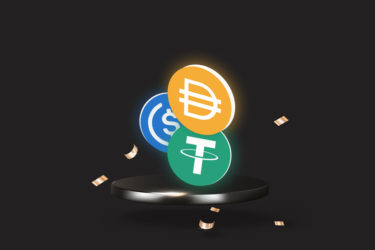Stablecoins issuers from countries that are near zero interest rates will have to look for new sources of revenue to keep their business up. The evaluation is from CoinDesk columnist J.P. Koning, for whom issuers are expected to create new rates, such as conversion and transaction. In this way, they will be able to guarantee new sources of revenue.
According to him, part of the profits of stablecoins issuers comes from the application of the resources used in the purchase of these cryptoassets in government securities. As most developed countries have near-zero interest rates – and in some cases negative – this source of revenue has dried up.
Although the columnist does not mention it, issuers can still gain from additional falls in interest rates. Considering that when a bond that pays a pre-fixed bond at a future time has a reduction in interest, its momentary price increases.
It is worth remembering that the profit of stablecoins issuers varies according to the business model. Not all issuers focus all their revenue on this strategy. Some may now charge fees for transactions. The USDT (tether dollar) already charges a fee of 0.1% for conversion to dollar. Another possibility is transaction fees from wallet to wallet.
Not all stablecoin issuers will face immediate pressure. Issuers with multiple lines of business or with a solid financial structure may be better positioned. Over time, they can attract their stablecoin customers to new higher-rate services.
Interest rates act as a stimulus for more money to circulate in the economy. They have been historically low in the current decade since the 2008 financial crisis, which caused a shock to global economies. The European Central Bank cut interest rates to below zero in 2014, dragging other countries in its wake. The Bank of Japan in 2016.







